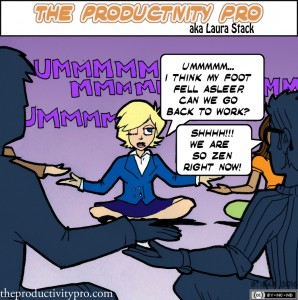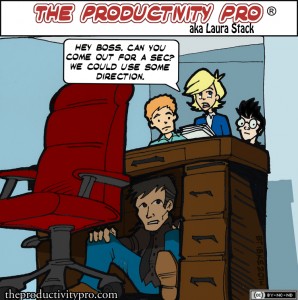
The greatest advantage of teamwork is that it achieves what individuals can't, through the medium of simple cooperation. Making personal goals secondary to group goals may seem difficult, but it pays off for everyone in the end. Instilling effective teamwork as one of your team's core val¬ues will make the team: 1. More Efficient. Typically, more efficient also means faster, since many hands make light work. Teamwork is much more effective when team members work together closely throughout the process. Many tasks have no clear-cut edges, so when people work separately, performing separate parts of a project in isolation and then piecing them together later, overlap and duplication may occur. On a team where the members inform each other of their progress, that's easier to avoid. Ongoing … [Read more...]











